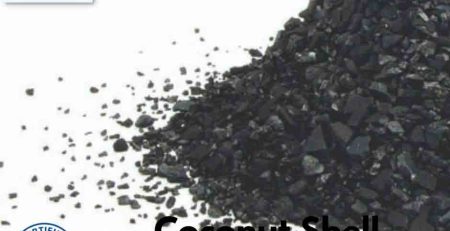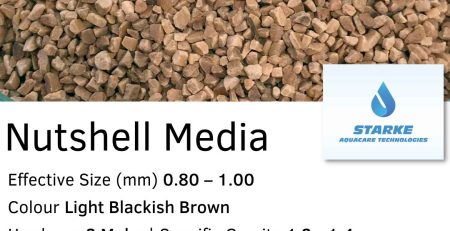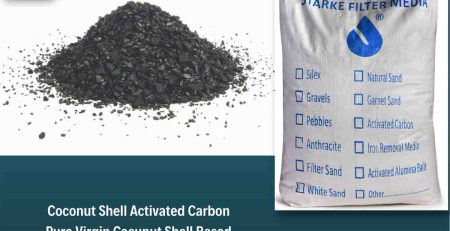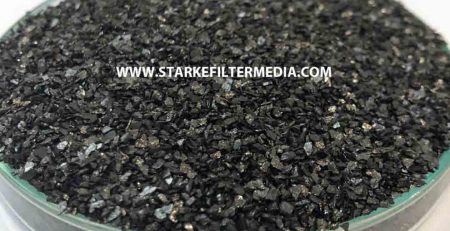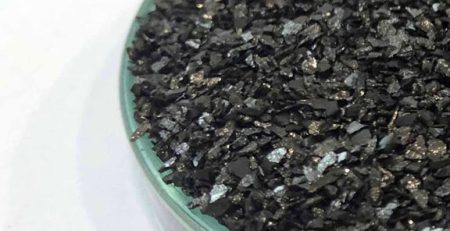Understanding How Filter Media Works in Water Treatment
Introduction
Clean and safe water is a fundamental necessity for human health and well-being. With increasing concerns about water pollution and contamination, effective water treatment methods have become crucial. Among these methods, the role of filter media in water treatment stands out. In this comprehensive guide, we’ll delve into the workings of filter media in water treatment, its importance, and the various types available.
How Filter Media Works
Filter media serve as the heart of water treatment systems, working tirelessly to remove impurities and contaminants from water. The process involves the physical and chemical interactions between the water and the filter media, resulting in the removal of particles, bacteria, and harmful substances. The effectiveness of this process depends on factors such as the type of filter media used, the flow rate, and the size of particles to be removed.
Importance of Filter Media
Filter media play a pivotal role in achieving the desired water quality. By trapping and retaining impurities, they ensure that water emerging from the treatment process is safe for consumption and various other applications. Properly selected and maintained filter media can significantly extend the lifespan of the entire water treatment system, reducing maintenance costs and the need for frequent replacements.
Few Types of Filter Media
- Sand: Sand is one of the most commonly used filter media. It effectively removes larger particles and sediments from water. The filtration occurs as water passes through the sand bed, where the particles are physically trapped.
- Activated Carbon: Activated carbon is renowned for its ability to adsorb organic compounds, chlorine, and volatile organic chemicals. It enhances the taste and odor of water by removing unwanted contaminants.
- Anthracite: Anthracite is a dense, hard coal that serves as an excellent filter media due to its durability and high purity. It’s often used in multimedia filters to remove smaller particles that sand alone might miss.
- Gravel: Gravel acts as a support layer for other filter media, preventing clogging and promoting efficient water flow. It’s often used in combination with sand or anthracite.
- Multi-Media: Multi-media filters utilize a combination of various filter media, typically layered from coarse to fine. This arrangement enhances filtration efficiency and extends the lifespan of the media bed.
Conclusion
Filter media might seem small, but their role in water treatment is enormous. They ensure that the water you drink and use is free from impurities and safe for your family. And when it comes to choosing the right filter media, Starke Filter Media shines brightly. Its trusted quality makes it a top choice for anyone looking to enjoy clean and pure water.



